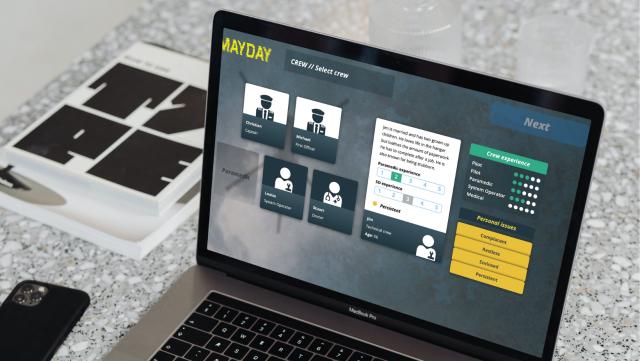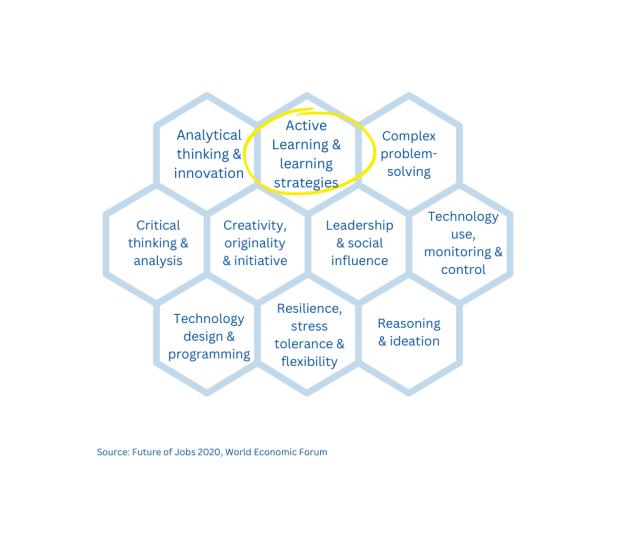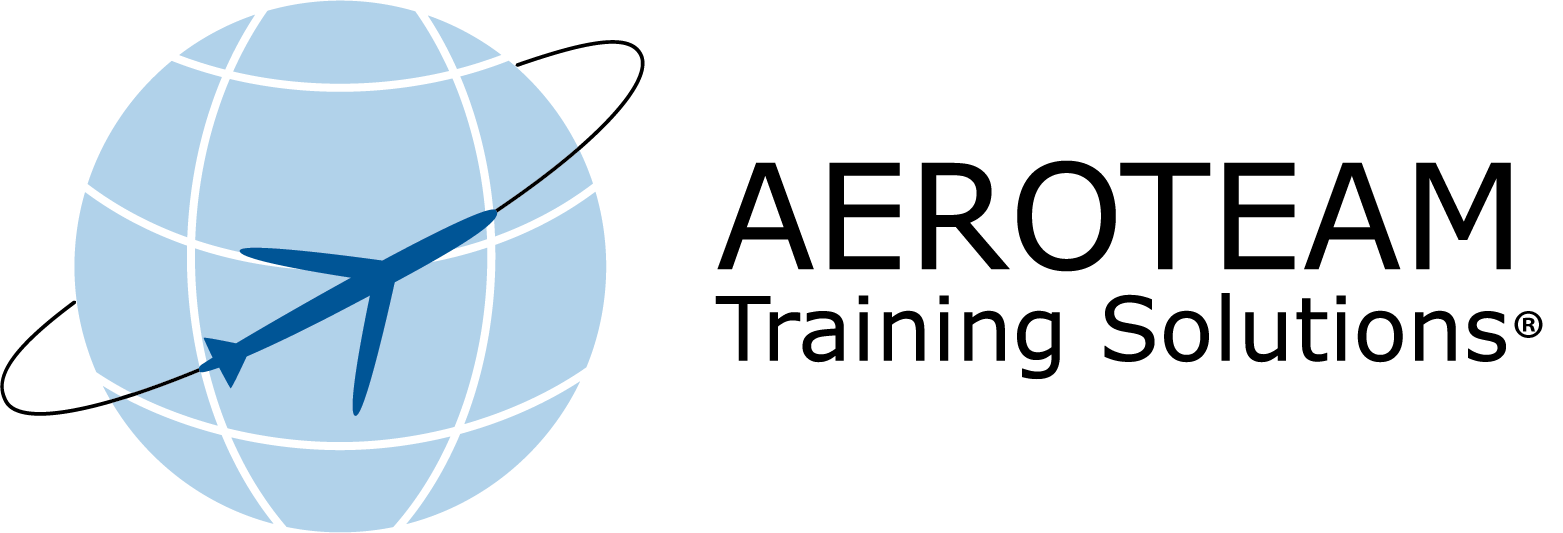
Active Learning: The Training Standard of the Future
Learning from the safe distance of a chair has never generated lasting results. Still, this is the preferred training approach of many airlines and ATO’s. Incorporating Active Learning into aviation training enables people to actively think, discuss, investigate, and create.
Tell me and I forget. Teach me and I remember. Involve me and I learn.
Wise words erroneously attributed to Benjamin Franklin. But the author is not important. It is the message itself that resonates.
Involving people in the learning process is at the core of Active Learning. In short, Active Learning is a learning method which encourages students to engage in their own learning through various interactive activities such as group discussions, case studies, role playing, video examples, and gamification.
Everyone Has Something to Bring to the Table
Active Learning places the learning outcome in the hands of the students. Your job as a trainer becomes limited as your purpose is to challenge the students through practical examples, group discussions, case studies, and interactive exercises. You provide the necessary guidance, but the students are responsible for the learning output.
.png&width=640&format=webp)
Active Learning lays emphasis on how students gain and anchor learning rather than the specific contents. Studies show that you cannot transfer knowledge onto living, breathing human beings by simple telling them something. They will only understand if they are actively involved in the learning process.
Read more: How to Master the Art of Facilitation
You Don’t Just Teach, You Inspire
Being a trainer for a large airline or ATO, you have probably experienced pressure from above to conduct training that is compliant with current regulations. But there are many ways of being compliant. Active Learning does not prevent compliance – it supports it.
In fact, the ability to apply and execute Active Learning, and take responsibility of your own learning process, is one of the top 10 skills of 2025 which organisations deem the most crucial in employees.

So why not capitalise on that? You have a unique opportunity to train pilots, cabin crew, mechanics, technicians, and ground staff to handle the increasingly complex rules and regulations. Not by telling them about it, but by involving them in the process.
You are not just a trainer. You are an inspiration for people to do something active. To take charge of their own learning.






